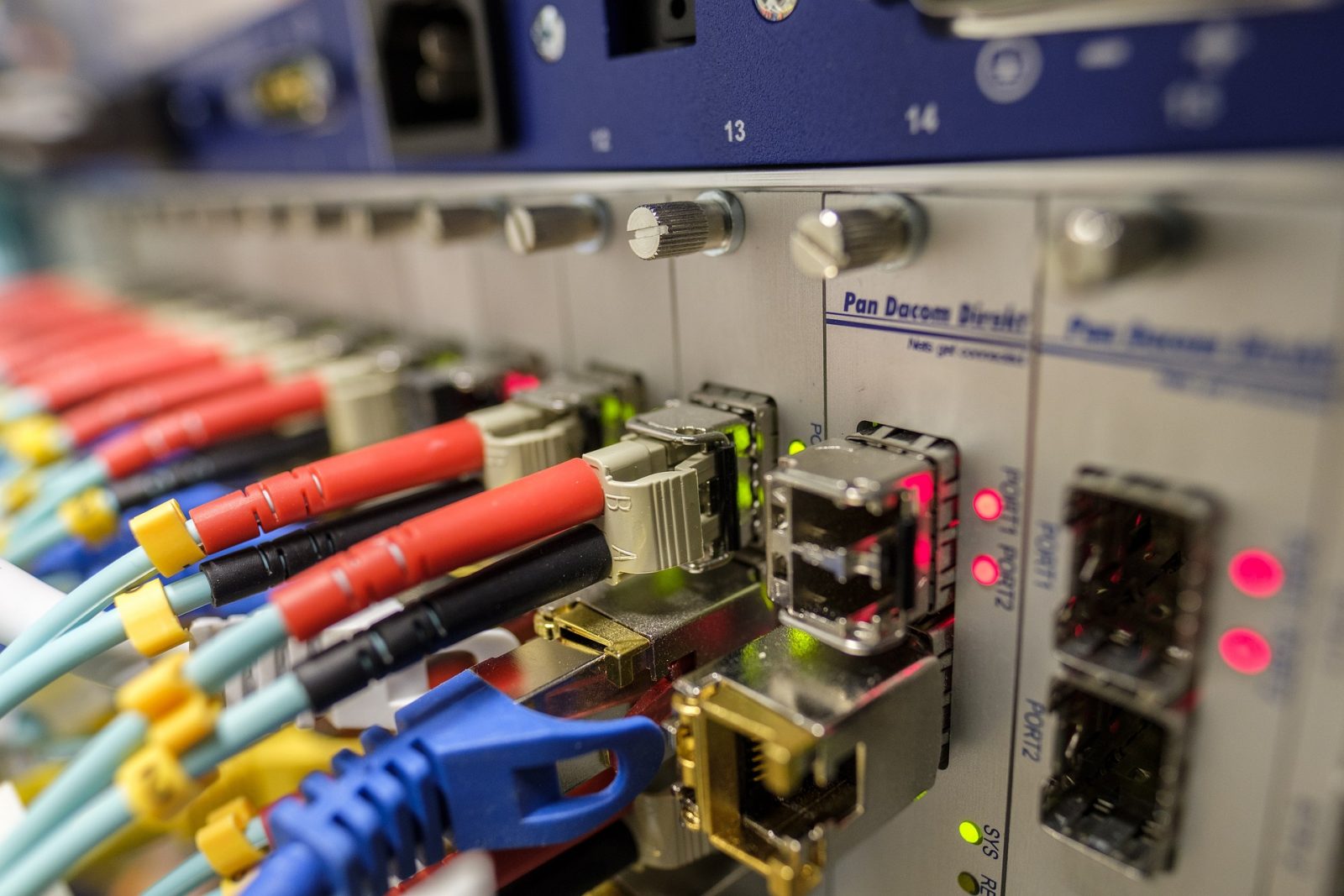New Optical Fibers Could Keep Data Intact after being Bent or Twisted

Optical fibers are everywhere, covering our homes and offices in spiderwebs of cables needed for internet connections. These fibers make it possible to download data at fast speeds or talk to someone on the other side of the globe. For the future of the quantum internet, a network of quantum computers working to solve complicated problems, optical fibers are predicted to be just as essential. To get to this next-generation infrastructure, these cables need to be more robust. New research from the University of Bath (published in Science Advances) has resulted in a new type of fiber that can avoid losing connectivity when it is bent or twisted. This suggests big implications for the future quantum internet, which will need a robust system to cushion the fragile connections between quantum computers.
Maintaining Connections
Within one of these fibers, light travels as information, bouncing off the walls. However, when the fiber is looped or kinked, this light can get blocked, causing a message to get lost between the sender and receiver. This means that fibers need to be free from distortions… or built more robustly. To try to overcome this issue, researchers at the University of Bath used a mathematical concept known as topology to design a better system. Mathematically, topology studies quantities that stay the same no matter the changes in surrounding geometry. As University of Bath physicist Dr. Anton Souslov explained: “In our context, the word topology refers to the unchanging integers that characterize the states of light that would exist if the chain in the cross-section of our fiber were to infinitely repeat…These unchanging integers are called topological invariants because they are immune to some structural changes. It can be shown that the way light behaves in a model of an infinitely repeating chain has direct consequences for the experimental case of a finite chain, such as the one we have realized in our fiber.” With this concept, the researchers were able to visualize the effects of the distorted cable.
By leveraging these effects, the researchers designed a more robust cable. “We have designed a fiber in which the supported modes (the way light is allowed to flow through the fiber, think water waves on the surface of a bucket or the standing waves on a drum) are intrinsically linked to a topological invariant called the winding number,” added Souslov. “This unchanging invariant guarantees that two of the supported modes must exist even in the presence of certain types of disorder. We have used topological design to connect these modes to an invariant giving rise to increased robustness and interesting physical behavior. This connection is achieved by designing a system…[which] has a particular structure and supports particular solutions to the equations that describe light propagation in fiber.” The cable includes several light-guiding cores that are connected in a spiral. The light can move between these cores but cannot go beyond them, securing the integrity of the message.
Optical Fibers in the Quantum Internet
This improved optical fiber could offer many different advantages for developing the quantum internet. “Previous works have reported an interesting connection between topologically protected modes and the transmission of entangled photons,” said Souslov. “Quantum states of light are typically very delicate, and the robustness inherited from topological physics can play a role in protecting them from disordered environments. While the word disorder may bring to mind ideas of imperfect or broken fibers, in actuality any waveguide or fiber that is fabricated will typically contain some level of disorder, but by introducing topological design we are presenting a way to increase the tolerance to a disorder that fiber-based connections can achieve.” However, research is still ongoing, as these new optical fibers are in their early stages. As Souslov explained: “We are currently designing these fibers with research in mind, and at the moment they are purely a research tool. In order to use them today to improve connections, we would need to explore the next engineering steps of coating, connectorizing, and optimizing the design for specific systems. In order for us to claim any improvement over current connections we would need to refine our design and engineer it with a particular application in mind, as well as explore further how single photons interact with topologically robust modes. However, we are optimistic that the tools and techniques gained from creating this fiber will enable us to build the next generation of topological fiber that can be deployed in research labs and potentially scaled up for the industry.”
Kenna Hughes-Castleberry is a staff writer at Inside Quantum Technology and the Science Communicator at JILA (a partnership between the University of Colorado Boulder and NIST). Her writing beats include deep tech, the metaverse, and quantum technology.



















